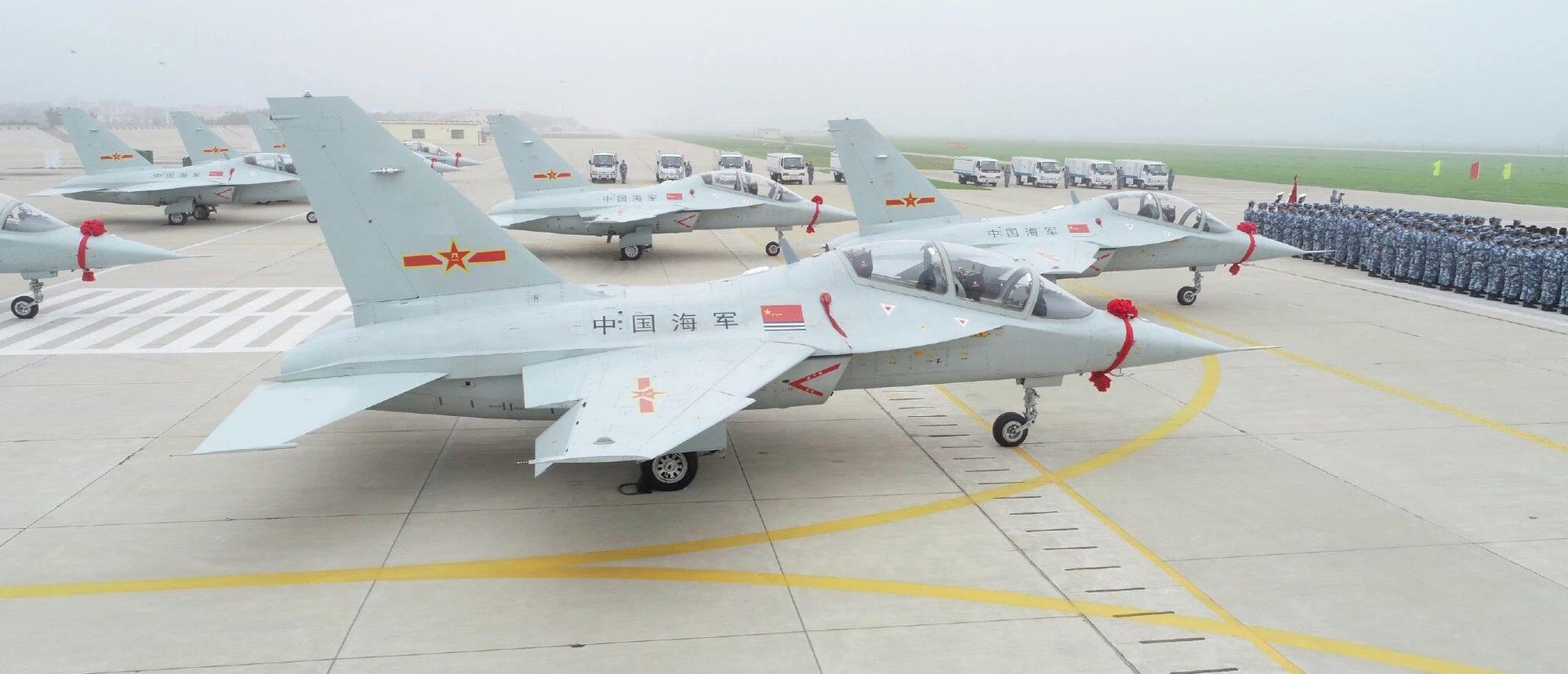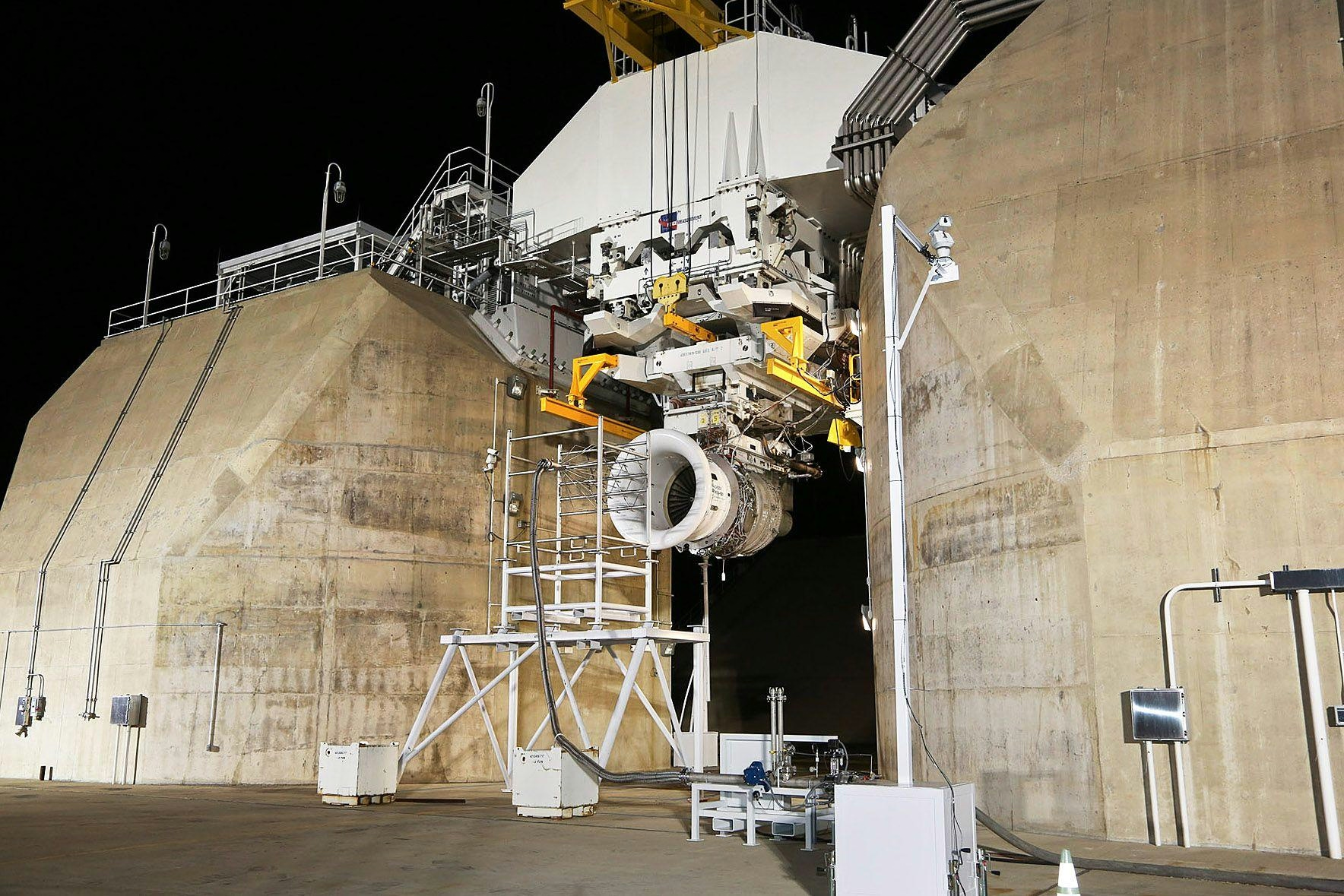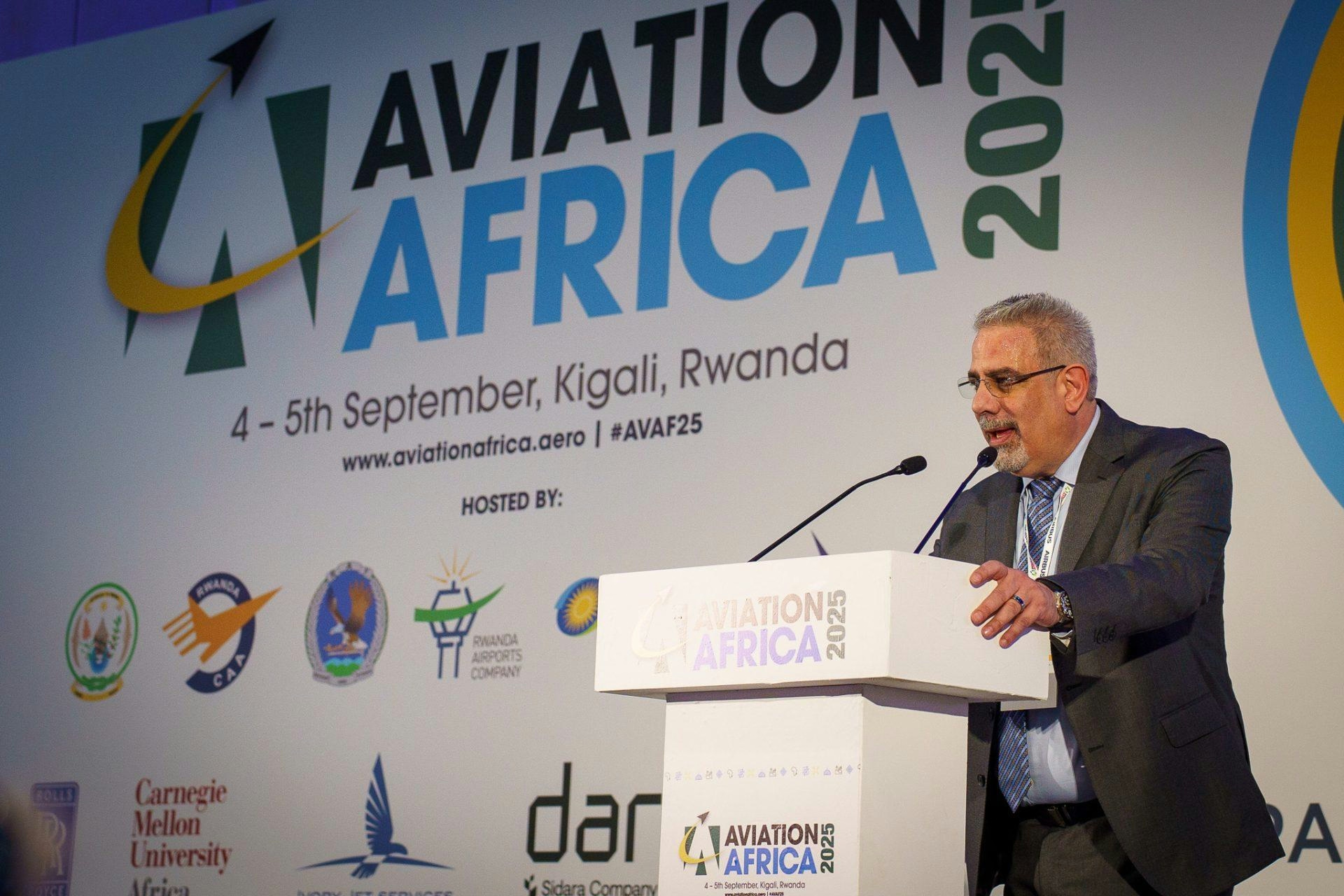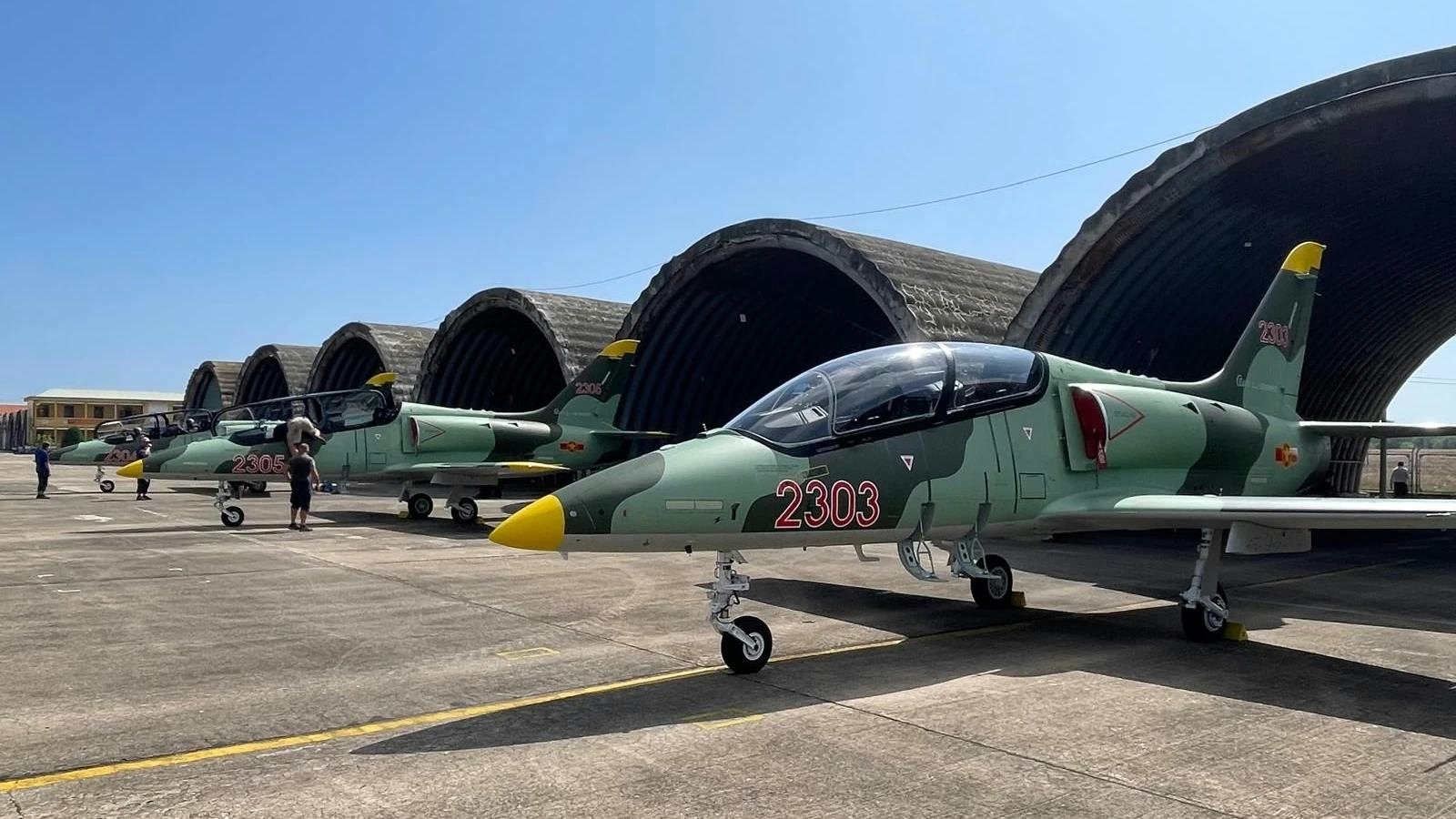
AeroGenie — 您的智能副驾驶。
热门趋势
Categories
China’s JL-10 Trainer Aircraft Incorporates Ukrainian Engine Technology

China’s JL-10 Trainer Aircraft Incorporates Ukrainian Engine Technology Amid Geopolitical Tensions
China has introduced a new variant of its JL-10 advanced jet trainer, also known as the L-15 Falcon, featuring a twin-tail design—the first major modification since the aircraft’s initial launch nearly twenty years ago. Developed by Hongdu Aviation Industry Group under the Aviation Industry Corporation of China (AVIC), the JL-10 has traditionally been powered by Ukrainian-designed AI-222 engines, manufactured by Ivchenko-Progress and Motor Sich in Zaporizhzhia.
Design Evolution and Technical Implications
Images of the updated twin-tail JL-10 surfaced through Chinese military aviation researcher @RupprechtDeino and were subsequently disseminated by defense media on the social platform X. The prototype, reportedly observed during an early test flight near Xi’an or Zhuhai, replaces the original single vertical stabilizer with two fins. Although neither AVIC nor the Chinese Ministry of Defense has issued official commentary, the revised tail configuration suggests structural improvements and enhanced stability. These changes may indicate the aircraft’s adaptation for carrier-based operations or more advanced combat training roles.
The JL-10 and its export counterpart, the L-15, were initially equipped with AI-222-25 and AI-322 afterburning turbofan engines from Ukraine. These powerplants enabled the aircraft to reach supersonic speeds and perform high-G maneuvers, positioning it as a competitor to Western advanced trainers such as the T-50 Golden Eagle and M-346 Master. However, the reliance on foreign engine technology has become increasingly complicated amid shifting geopolitical realities.
Geopolitical Challenges and Industrial Impact
In 2021, Ukraine nationalized Motor Sich, tightening export controls and restricting China’s access to Ukrainian engines. This decision followed disputes with Chinese investors and the strengthening of Ukraine’s defense partnerships with Western countries. The situation worsened after Russia’s full-scale invasion of Ukraine in 2022, effectively halting Chinese-Ukrainian cooperation in aviation manufacturing. According to Euro Security & Defence, only approximately 30 percent of a new Motor Sich engine contract with China had been fulfilled when hostilities escalated, prompting Beijing to explore alternative options, including the potential development of indigenous engines.
The continued integration of Ukrainian engine technology into the JL-10 now faces further complications due to international sanctions and ongoing geopolitical tensions. Industry analysts have expressed concerns regarding the reliability and security of dependence on foreign technology under these strained conditions. Western defense manufacturers may respond with heightened scrutiny and possible countermeasures, while debates over intellectual property rights and technology transfer are expected to intensify.
At present, Chinese authorities have not revealed the official designation, development status, or specific engine type of the new JL-10 variant. The prototype’s unmarked and unpainted appearance indicates it remains in the early stages of testing. This evolving scenario highlights the broader influence of global political dynamics on defense technology development and the international arms market.

Do Chickens Get Thrown Into Aircraft Engines?

IATA Identifies Africa as the Most Expensive Region for Airline Operations

From Acquisition to Growth

UAE Airports Adopt AI to Manage Rising Passenger Traffic

Spain’s Leading Airlines and Hotels Use Google Flights AI to Enhance Holiday Offers

Vietnam Grounds 28 Aircraft Amid Global Engine Shortage

United Airlines Flight Returns to Dulles After Engine Failure on Takeoff

United Airlines flight makes emergency landing at Dulles after engine failure

The Impact of the New Air Force One’s Delayed 2028 Arrival on Aviation and Travel
